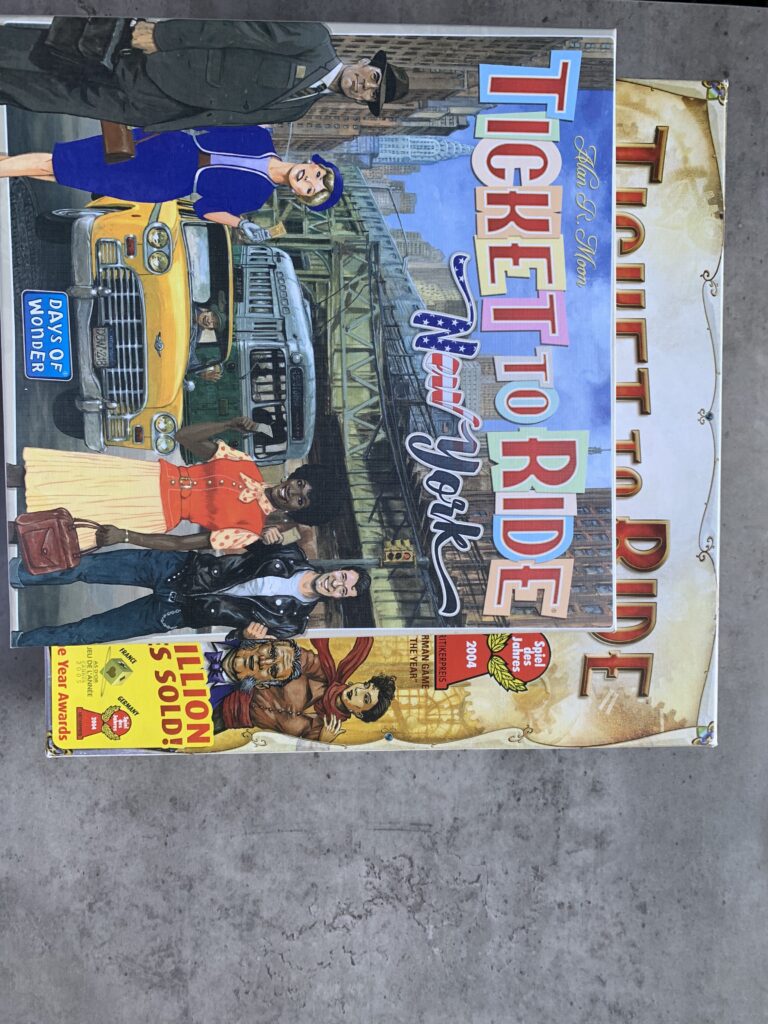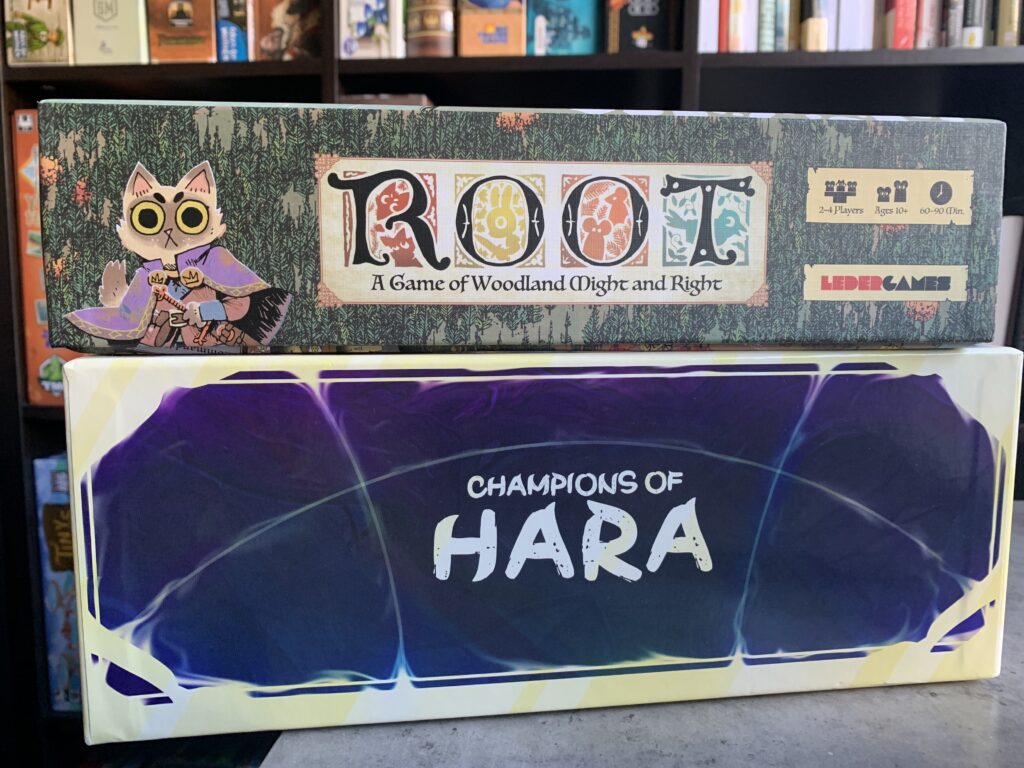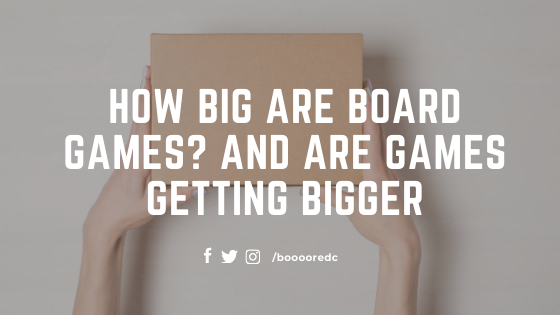Is it just me or are board games getting bigger and bigger with games like Scythe and Gloomhaven starting to take up a considerable amount of shelf space are games getting bigger?
Let’s look at the average size of today’s games how big they were in the past and if bigger really is better!
The Average Size Of Board Game
The average size of most games over the years has been determined by the size of the board as this is the largest component to fit into the box.
This is still the case for example
Example Board Sizes of Popular Board Games
- Scrabble: 15″ x 15″ double panel – 1/2 fold.
- Candy Land: 15″ x 20″ double panel – 1/2 fold.
- Ticket to Ride: 20″ x 30″ four-panel – 1/4 fold.
- Monopoly: 20″ x 20″ double panel – 1/2 fold.
- Risk: 20″ x 30″ four-panel – 1/4 fold.
- Catan: modular board made of nineteen 45mm Hexagon Tiles.
There are some games like Catan or Istanbul that decide to change the rules using a modular board this also reflects there unique sizes fitting in smaller boxes then similar weighted games.
With most games you will remember from your childhood boards folding in half with a 1/2 fold (Monopoly, Clue, Candyland) this has changed dramatically over time with a lot of these same games also adopting a four-panel – 1/4 fold board over there lifespans.
So if you are a boomer your monopoly probably had a four-panel board but if you were a millennial your board was most likely the two-panel folding board. Giving you half the flexibility than the boomer… (a metaphor for life)
Most games over the nineties were adopting the 1/2 fold board and coupling it with a rectangle style box the classic Monopoly 20″ x 20″ double panel – 1/2 fold this was the go-to look for most games but all that changed when the board game industry started to change in the new millennium.
The Train Game that could Increase the Size of Games
Ticket to ride was one of the first new games on the scene that started to change the way we design and make board games with over 2 million copies sold it no monopoly but its fan base is devoted and the game is fantastic. (and won’t lead to arguments for days)
This game due to the large increase in components and bigger 1/4 fold board started this idea of a bigger box and a bigger game something that is more substantial however even tho this game started the whole concept of bigger board games something has happened in the last few years to change this.
Have a look at the two ticket to ride games below, one is the classic ticket to ride the other one of the newest releases.

The game is a classic example in the ongoing shift between big and small with the game now moving to a series of small portable games instead of the bigger boxes the game that started it all has come full circle and is now creating compact versions of the same large game.
The Kickstarter Effect
Need more minis Need Bigger Boxes
One Argument for the rise in bigger boxes is the success of games with mini plastic figurines on Kickstarter. This started with Zombicide in 2012 a collaborative game in which players take the role of a survivor in a zombie apocalypse.

Buy Zombicide on Amazon | Buy Zombicide on Mightyape
These “Delightful” Little Figurines have become a mainstay in a lot of board games due to the increased popularity this will usually result in bigger boxes even with games that have a comparable style of gameplay.
For example here are two War-Games that involve exploring a work, every different games in the realm of mechanics but both large games that involve exploring a board game world. Root and Champions of Hara! the main difference in these two games. One mini’s the other does not.
Both games are 4 players both games take around 90min but one has mini’s the other does not have a look at the image below and take a guess which one.

This show more and more the relationship between box size and components more then game play itself.
Is Bigger the Box the Better
Games Upsized to be more inclusive
Games also have a history of being upsized to actually be more inclusive allowing for players with visual limitations to engage with these games.
First available in 2017 and a great example of this is a Big Box edition of scrabble that was released (in association with the Royal National Institute of Blind People (RNIB)) with larger board and letters for players with impaired vision.
The colours on the board are more contrasting, and the font size has been increased from 16 to 24 point. The tiles are in bold 48 points.
This is another example of the games getting bigger to meet the need of more complex components an ongoing theme in the discussion of if games are bigger.
So are the Games getting bigger?
The Answer is Yes/No
The question is actually are games getting more complex more engaging and more inclusive. The answer to this is a resounding yes as these games evolve and change requiring more complex components and custom built devices of inclusiveness the need for bigger boxes is sometimes key.
This is clear in the comparison between games like Ticket to Ride and Monopoly or even more clearer between Monopoly and Monopoly Gamer.
Board Games are changing evolving and getting more and more engaging and inclusive and so are the boxes we use to store them.

